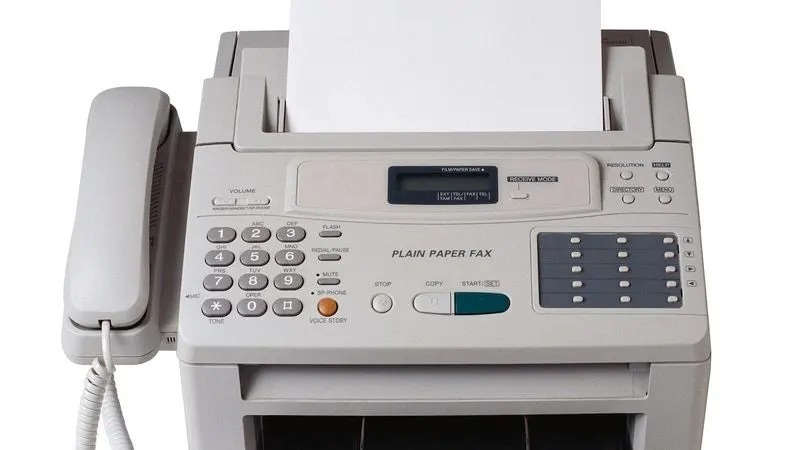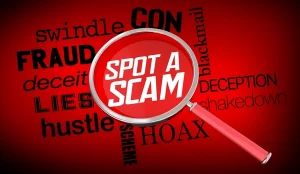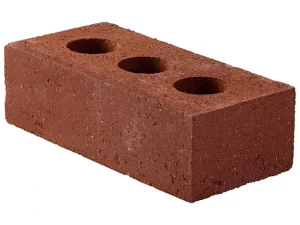CE – Confusion Extraordinaire
Over the weekend, I was chatting to a friend who was telling me about a portable drive he had bought that had died within 24hrs of him receiving it.
The drive in question was what looked to be a 1Tb SanDisk drive, bought from a seller on Amazon marketplace (note: NOT direct from SanDisk).
Rather than send the drive back, he decided to open it up (yes he has more money than sense!) and was surprised to find that inside, rather than finding a nice printed circuit board with a memory chip on it, he found a bunch of badly soldered USB sticks held together with electrical tape.
Fortunately for my friend, he tested each of the 4 USB sticks and found that they all actually worked – it was the soldering that was faulty, so he simply re-soldered them, and got the drive working – so he’s not too bothered that he’s been sold a fake – He still has 1Tb of portable storage (albeit not a SanDisk one).
This got me thinking about the fake goods you can now buy just about anywhere, and sent me down a bit of a rabbit hole of web research. (well it was raining heavily, and there wasn’t too much else to do!)
One of the things that caught my attention on this journey into dodgy goods was this image I found on a site talking about fake SanDisk products.

More specifically – the CE mark caught my eye. Which sent me even further down the rabbit hole
Take a look at the image below:

Both of these images are of legitimate marks. The image on the left is the CE mark (Conformité Européenne – A.K.A European Conformity), whereas the image on the right is the mark used to represent China Export.
The CE mark used for China Export simply confirms that the product in question was manufactured in China. However, the fact that a product falls under the umbrella of a Chinese CE marking doesn’t mean it complies with European legislation.
If you go back and look at the SanDisk image, you’ll see that the CE mark is one for China Export, not the EU mark.
It’s easy to see how many people could be fooled into thinking that a product carrying a CE mark was compliant with the strict standards imposed in order to carry said mark.
The EU CE Mark
There are a number of directives which manufacturers, importers, and distributers must adhere to in order to legally use the (EU) CE mark, however there are some items which do not require a CE mark. The EC New Approach Directives guidance details which products require a CE mark, and those which do not.
Some example directives include:
- The Low Voltage Directive (LVD)(2014/35/EU) which ensures that electrical equipment within a certain voltage (50-1000V AC & 75-1500V DC) provides a high level of protection for users.
- Regulation (EU)2016/425 of the European Parliament and of the Council of 9 March 2016 on personal protective equipment
- Directive 2009/48/EC of the European Parliament and of the Council of 18 June 2009 on the safety of toys
- Directive 2011/65/EU of the European Parliament and of the Council of 8 June 2011 on the restriction of the use of certain hazardous substances in electrical and electronic equipment
- Directive 2014/30/EU of the European Parliament and of the Council of 26 February 2014 on the harmonisation of the laws of the Member States relating to electromagnetic compatibility
- Directive 2014/53/EU of the European Parliament and of the Council of 16 April 2014 on the harmonisation of the laws of the Member States relating to the making available on the market of radio equipment
One of the things the UK government promised to maintain post-Brexit was compliance to the (EU) CE mark, however the UK also has its own assurance mark – the UKCA (UK Conformity Assessed). A standard which was introduced in the UK in 2021 and can be used to signify that goods sold in Great Britain meets various requirements for safety.

The UKCA marking applies to most products for which the CE marking can also be used. It also applies to aerosol dispensers and measuring container bottles, for which the reversed epsilon marking can also be used.

So, when looking to see if a product meets the required safety standard expected for the UK market, take extra care to look for the relevant mark – specifically the CE mark – Check the spacing of the C and the E – The (EU) CE mark will be spaced apart, whereas the China Export mark will be much more closely spaced.
It’s an easy one to miss.












